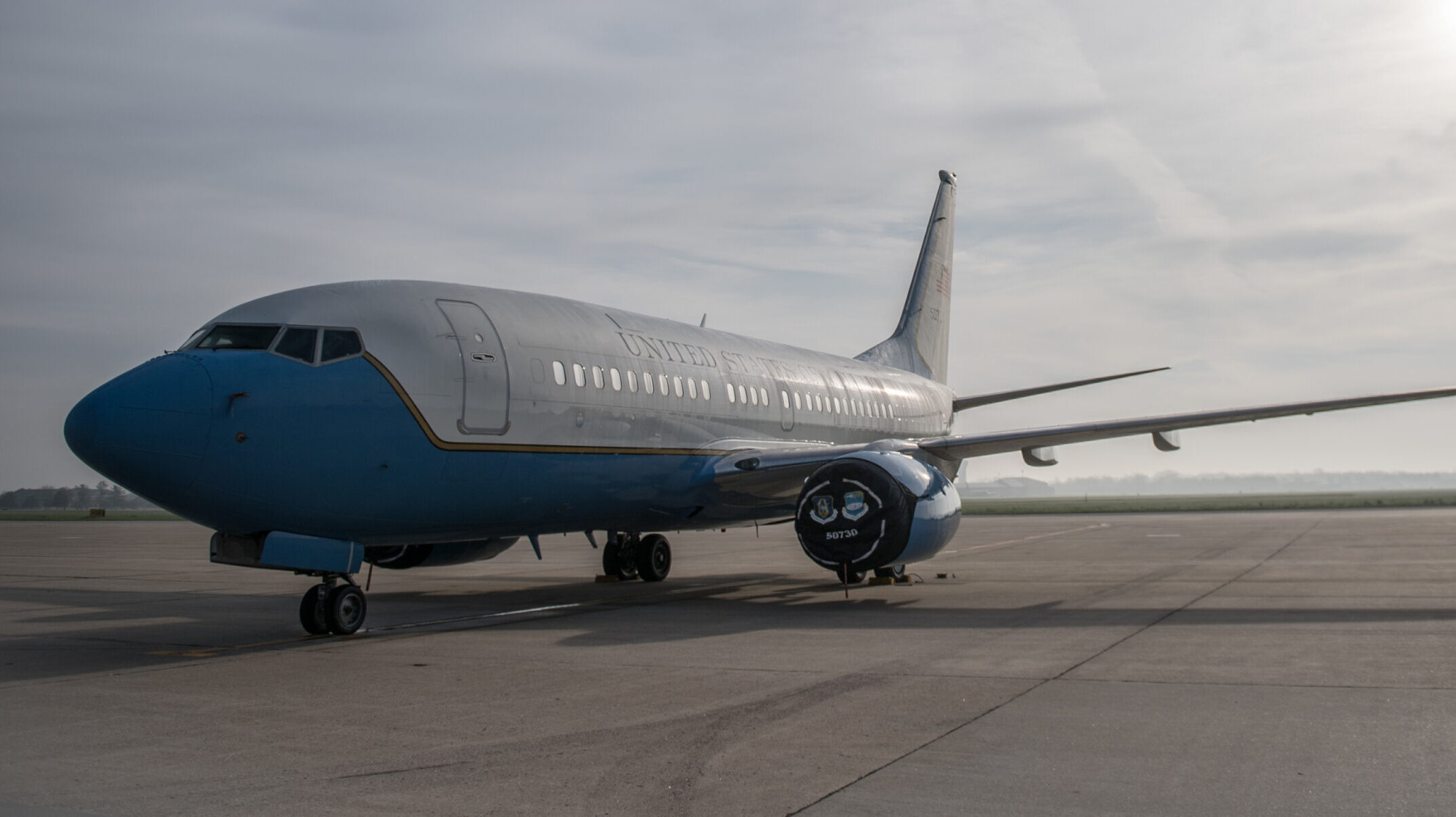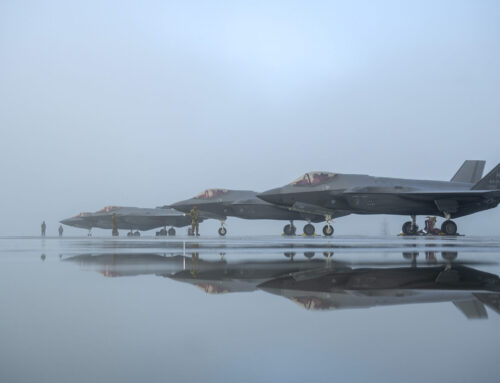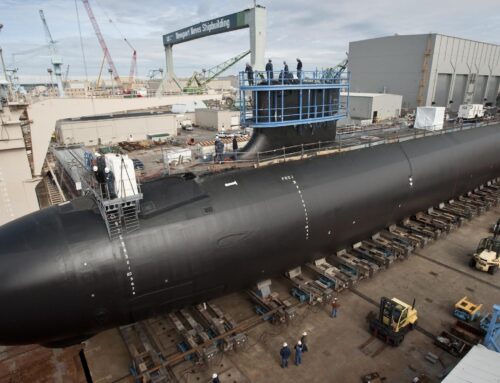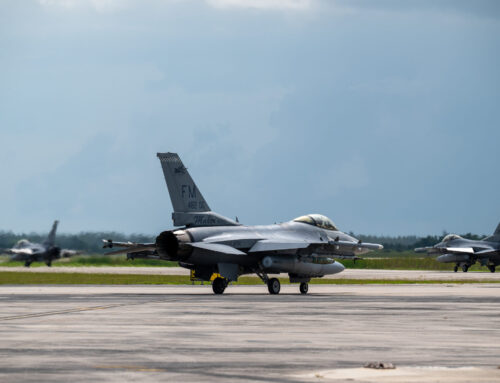A 932nd Airlift Wing Boeing C-40C sits on the flightline, during a foggy morning at Scott Air Force Base, Illinois, April 6, 2019. (U.S. Air Force photo by Christopher Parr)
WASHINGTON — Lawmakers have rejected a request by the Air Force to acquire a second C-40 aircraft, Breaking Defense recently learned, adding another setback in the service’s bid to expand the airlift fleet that transports top US officials.
Alongside a call for one C-40 aircraft in the fiscal 2025 budget submission, the Air Force additionally asked Congress to rearrange FY24 funds to procure a second aircraft, the service confirmed to Breaking Defense. Known as a reprogramming, the request was denied by Congress in July. Lawmakers in several draft defense bills similarly zeroed out or drastically reduced about $329 million in funds for the C-40 included in the FY25 request.
The reprogramming request to fund the other C-40 sought a roughly identical amount as the FY25 budget submission, according to a source with knowledge of the process.
The Air Force is pursuing the new C-40s to supplement a fleet of four C-32s, which are primarily tasked with serving “Top Five” users: the vice president, first spouse, secretary of defense, chairman of the Joint Chiefs of Staff and secretary of state. The Air Force spokesperson told Breaking Defense that the C-32 fleet’s mission capable rates meet the service’s “standards,” but that the fleet “is unable to fully support all Top Five customers” — mainly because there simply aren’t enough planes.
“The current C-32A fleet can only support 59 percent of the Top Five user requests, which is the primary contributing factor for the Air Force to request additional aircraft,” the spokesperson said. The requirement for new jets was generated by a review between the Air Force, Office of the Secretary of Defense and the White House, they added.
Air Force VIP airlift is chiefly carried out by the C-32 and C-40. The C-32 is a militarized version of Boeing’s 757 jetliner, whereas the smaller C-40 is based on the company’s 737 Next Generation. The secretary of defense also frequently travels on the Air Force’s E-4B “Doomsday Plane,” while the US president typically flies aboard the VC-25A, known as Air Force One when the commander-in-chief is onboard. Those two aircraft are based on Boeing’s 747 jumbo jet.
RELATED: First flight of new Air Force One jet slips to 2026, Air Force says
Although the C-32 fleet is largely reserved for Top Five travel, the C-40 — which transports a broader set of key officials — can also fulfill C-32 taskings. But demand on both aircraft fleets remains high, and this year the C-40 was the source of embarrassing headlines for the administration when mechanical issues reportedly stranded Secretary of State Antony Blinken twice after meetings in Davos and Paris.
Asked about contingency plans for backup aircraft, the Air Force spokesperson said that the “importance” of supporting Top Five travel informs “standing DoD/AF policy to backup home station departures to help ensure mission success in case of a last-minute aircraft maintenance issue.”
Two variants of the C-40, known as the C-40B and C-40C, comprise the current fleet of 11 aircraft. The new jet dubbed the C-40D would be similar to the B variant that includes secure communications for senior leaders, which is also featured on the C-32. The Air Force spokesperson said the C-40Ds would also be configured to hold up to 40 passengers in addition to VIPs, increasing passenger capacity over the C-40B.
The C-32’s baseline airframe, the 757, is no longer in production, leaving the 737 as the only US-made, commercially available narrowbody jetliner that can expand executive airlift capacity.
The Air Force first revealed plans to purchase the newer C-40 in the service’s FY25 budget request. Some key congressional committees have indicated they would reject most or all funding for the endeavor, though Senate appropriators left the request intact in their markup of the FY25 spending bill. Lawmakers this week approved stopgap funding that will run into December, meaning the FY25 budget likely won’t be finalized until the end of the calendar year — if not longer.
Asked about an acquisition strategy for the aircraft, the Air Force spokesperson said the service expects to share more details in FY25. The new fiscal year begins Oct. 1.











